In order to travel and work as a full time RV family, you may depend on having internet access. Whether it’s for working remotely, doing homeschooling online, or just watching Netflix and chilling, chances are you will need to have a dependable internet connection and a good set of full time RV internet options.
While it could be easier to just figure it out when you get to your destination, you may find yourself without a usable mobile internet connection and be unable to get online.
Or even if you have enough signal and connection, you may run out of the data on your cellphone.
Since we’ve traveled as a full time RV living family of 6 for over 2 years, while working remotely online using all the tips and tricks we’ve learned along the way to make our internet set up, I want to help you learn about your RV internet options for a reliable connection.
THIS ARTICLE MAY CONTAIN COMPENSATED LINKS. PLEASE READ OUR DISCLAIMER FOR MORE INFO. THIS POST WAS WRITTEN BY JILL GREISING-MURSCHEL, A FAMILY TRAVEL AND RV LIVING EXPERT.
RV Internet FAQ
It’s a toss-up between cellular data plans (like Verizon or AT&T) and satellite options like Starlink. Cell plans are great for urban areas, while Starlink shines in remote spots. We’ve met families who swear by both, so think about where you’ll be traveling most.
You bet! Options range from using your phone’s hotspot, a dedicated cellular data plan, or satellite services like Starlink. It’s all about finding what fits your travel routine.
It’s your gateway to the online world from your RV. Whether it’s for work, streaming, or keeping the kids busy with online games, RV WiFi keep you connected in the virtual world whether you’re RVing on the mountain or by the sea.
Some Options For RV Internet Service
Cellular internet
- Cost-effective
- Highest potential speeds using a booster like this
- Lowest potential latency
- Not guaranteed coverage
- Low maintenance
Public or Campground Wi-Fi
- Free*
- Not guaranteed to reach your rig
- If available, generally slow and potentially insecure
- Just don’t
Satellite Internet
- High cost to start-up (but getting more affordable)
- Starlink for RVer’s is new May, 2022 (read below)
- Best option for a reliable internet connection
- Almost guaranteed coverage, but may get throttled if you use too much data.
While there are 3 options listed above, this article–and my sanity–will only cover cellular mobile internet and RV satellite internet service.
Public Wi-Fi could be used if you don’t depend on internet for work, but that’s not why you’re here.
Onward with the talking on cellular internet, RV satellite and our favorite carriers!
Download our RV Budget Workbook today, to help you get started on your RV living journey.
But I have unlimited data…isn’t that enough?
Are you hoping that your Verizon RV internet setup will take care of you anywhere in the country? Or maybe you are depending on your AT&T RV internet set up with a cell phone plan.
You have ‘unlimited data’ right?
Not really, since the unlimited phone plans offered do not generally include unlimited tethering data.
Tethering is when you use your phone as mobile hotspots in order to allow other devices such as tablets, laptops, or streaming devices to use your phone’s internet connection.
Companies usually offer between 10GB and 20GB of tethering data with your phone plan per month. That’s not going to be enough for 40 hours of work per week online.
Unlimited data can be a tough market to navigate since all major carriers offer “unlimited data” plans.
Your unlimited data phone plan might not include enough personal hotspot or tethering data for you to be working from RV internet.
Now, 10 or 20GB might be enough for most people on their cell phones when living in a regular house and not an RV. Especially when you have a cable modem at home and probably wifi data at work, if you commute to a job, but you’re on the road now (or want to be) and are responsible for ALL of your data.
How much data do I need?
If you’re not sure how much data you’re consuming with your home devices and your personal phones, there are a few ways to find out.
For your cell phones, there are apps like Open Signal that can track how much data you are using on a monthly basis. Or even in your settings on your phone, there are usually indicators of how much data you’re using.
For your current home connection (if you still live in a sticks and bricks and have not bought an RV to live in full time yet)…. your cable, satellite, or DSL provider usually keep track of your data usage through your account portal. Log into your account to check your billing area or talk with your providers support team about getting those numbers.
I got my data, now what?
Now that you have those numbers, let’s say 100GB per month on your home’s cable modem connection, and 5GB of personal hotspot, it’s time to go and pick a hot spot plan and a carrier.
In our own experience, we found that it has been best to have at minimum two carriers with data plans. This may sound like an overkill but there are plenty of instances when say Verizon might not have enough signal or there are too many people using it at a location you want to camp at.
Having a second, or even third, internet option will reduce the likelihood of your family being without internet at a camping location.
This is where dedicated mobile cellular devices, or hotspots, come into play.
Keep reading as we dig into your RV internet solutions.
In order to have an RV mobile internet solution you will need a few things:
1. A hotspot, mobile cellular device, or cellular modem.
2. A data-only plan or add-on from a cellular provider
3. Antenna to pick up more signal
4. A cellular amplifier to possibly pick up even more signal
Top 4 Things You’ll Need for RV Internet
1 – A Hotspot, Mobile Cellular Device, or Starlink
When it comes to dedicated cellular data devices, most people opt for a hotspot. All carriers offer some sort of portable hotspot which allows you to connect devices while away from a typical home internet connection.
T-Mobile Home and Business Data Plans might be the most affordable option and mobile internet resource center for full-time RVers in 2024! You do need a ‘home’ or ‘business’ address, and that address needs to qualify for the program. Your billing and shipping address needs to be the same and qualify, but if you can get this you’ll be set. You see, once you have it you can move it around the USA without any penalties according to T mobile FAQs.
Being a full-time RVer, or soon to be RV family, this is your home internet connection. With a built-in wifi router and battery, these hotspots allow you to access the internet not only at your RV site but also when out and about on the town visiting museums, theme parks, or even the beach!
Starlink now offers satellite internet for RVers! This is BIG news! It’s a very new service and requires you to pay the $500 plus dollars for the Starlink device to be shipped to you, and then you can begin the plan. If you are just a part-time RVer then also may want to use their option to pause and unpause the use of the plan. They’ll bill you in 1-month increments at $135 per month. Click here to learn more about it.
2 – Data Only Plans or Add Ons
Unlimited Hot Spot Plans
Currently, all US cell providers offer an “Unlimited” plan of some sort.
The catch is these are tied to a phone and not truly unlimited. As we covered above, what you are looking for is tethering data if it’s a phone-only plan, and there are no cell phone plans with unlimited tethering on the market.
There are still options though; Verizon Prepaid now has an Unlimited data-only plan that works with a mobile hotspot and is truly Unlimited. While it is subject to “Network Management”, this simply means that if you were at a large outdoor festival, Daytona 500, Disney World, or places that simply do not have excess capacity, your data could be deprioritized or temporarily slowed down.
So the data will still work and go through, it just may increase the time it takes.
There are some limitations surrounding the Unlimited Hotspot market, but as we said above, know how much data you need and you may realize you don’t actually need an unlimited data plan.
Limited Data Hotspot Plans
There are a-million-and-one plans out there from different providers and they’re always changing so this information could be out of date at any time. We’ll do our best to update this post with the best information for finding internet for RV travelers. So bookmark this page to check back later.
So you’ve got your hotspot or modem and a cell phone plan with data for the device, now we need to get you connected!
3 – Antennas for Cellular Connection
Just like a television, cell phones and hotspots use antennas to pick up the signal they process. While most phones only use internal antennas now, hotspots can still benefit from an external antenna.
My favorite one to use is the Netgear MIMO antenna. It comes with 2 TS-9 connectors that plug into your hotspot’s antenna ports and can provide that extra little boost to smooth out the signal and increase your download and upload speeds.
There are also single-device antennas that are like a dash mount or cradle for your car or truck. These generally have an external antenna and help bring the signal in and focus it on the device in the cradle.
Just like extending your rabbit ears on your television, this can increase the reach of your hotspot to reduce the noise or the snow that you would see on your TV. There are other panel-style LTE antennas out there that I have not tested, but I’m sure could work just as well.
Panel-style antennas are not the only type that work with hotspots. There are also directional and omnidirectional antennas that are generally pole-mounted or can be mounted on your RV’s roof ladder.
An omnidirectional antenna would be your easiest and most flexible hard-mounted solution. Like the name implies, it will capture signals from all directions, meaning you don’t have to worry about locating the cell tower and pointing your antenna at it.
This can also mean that it could receive increased noise if you happen to be in the center of a cluster of towers since all the signals nearby will be captured.
A directional antenna sometimes referred to as a yagi antenna, can be pointed at a particular tower or location to try and increase your cell signal.
This can be beneficial in a situation where you only have 1 tower that is almost out of reach and to focus the signal reception. It is also helpful if you are near a cluster of towers that may be congested and want to only pick up one particular tower.
4 – Amplifiers or Boosters for Cell Signal
The final piece of your internet solution for RV living would definitely be an RV cell phone booster or amplifier.
An amplifier takes the existing signal received and boosts it to potentially increase your upload and download speeds.
We use our Weboost as a cell booster at least 50% of the time, allowing us to camp in areas that we wouldn’t otherwise be able to since we couldn’t work and pay the bills without functional internet.
After 2 years on the road, I can honestly say it has been a very worthwhile investment.
Some Things To Note About RV Cell Phone Boosters
1. They will not help with an overloaded tower.
If there are too many people using the same cell tower and there isn’t enough throughput available, having a boosted signal will not allow you to jump ahead or cut in line and get faster speeds.
Picture 10 people all using your home wifi and watching Youtube….there wouldn’t be much bandwidth leftover for you to watch Youtube as well.
2. If you have no signal, then there is nothing to boost.
Being in the middle of Glacier National Park with no cell towers around for 10s of miles won’t be helped with a booster as there is simply nothing there to boost.
While you could fiddle with settings and antennas it may be more frustrating to almost have no signal as opposed to just not having any signal.
3. Too much boosting is a bad thing.
If you already have a good signal, 3-4 bars on your device, and you boost that signal, it could lower your speed and performance of your device.
We could talk about the noise floor on your cellular radio device but then you might just pass out from the boredom. So don’t boost an already good signal.
Conclusion – How To Get Internet In An RV
While we could go on about every facet of data plans and signal-to-noise ratio, we know you want to hit the road and have some functional internet without being overwhelmed.
This article purely focused on cellular internet since that’s the easiest and most common way that full time RVers have internet on the road. It’s the most flexible and can always be with you.
It also has the lowest barrier to entry since you’re probably reading this on a cell phone right now.
If you are specifically looking around to find jobs for RVers, click here to find our ultimate list of ideas that can get you started.
Satellite internet is portable enough to move sites and campgrounds but probably won’t be hanging out in your backpack on a hike through the city. On top of that, it can be painfully expensive to purchase and maintain and used to be slow for real time connections. It is improving though, so it could be something to check out.
Public Wi-Fi didn’t get a shake because it’s not something dependable enough for work and or homeschooling IN your rig. You could always try out the camping wifi at an RV park near the campground building or try an RV wifi booster, but it won’t make the speed any faster and campground wifi is often very slow.
Hanging out in the Starbucks parking lot could be an option, but there isn’t much you can do about the speed that free wifi offers.
While the limitations of cellular internet include coverage, data caps, and tower saturation…..I feel it’s the best option if you require an always-on fast internet solution for living the full time RV life.

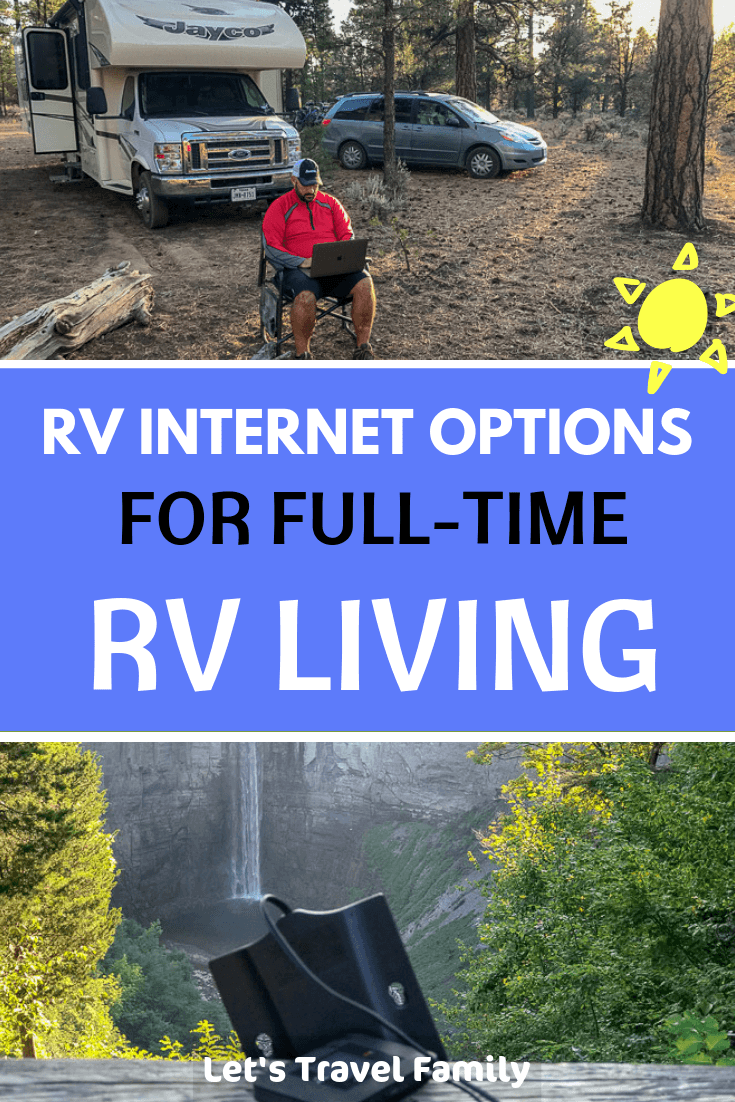
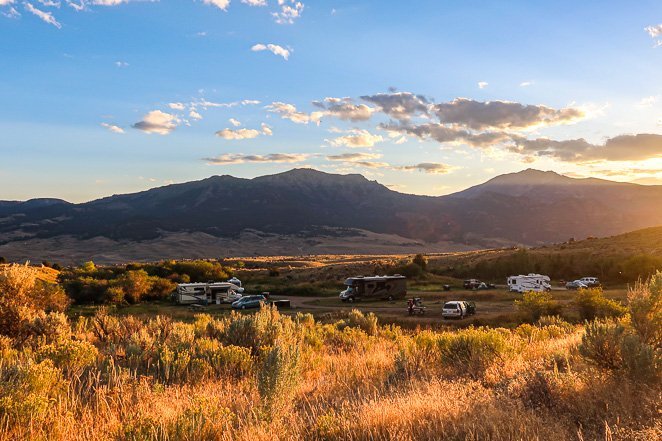
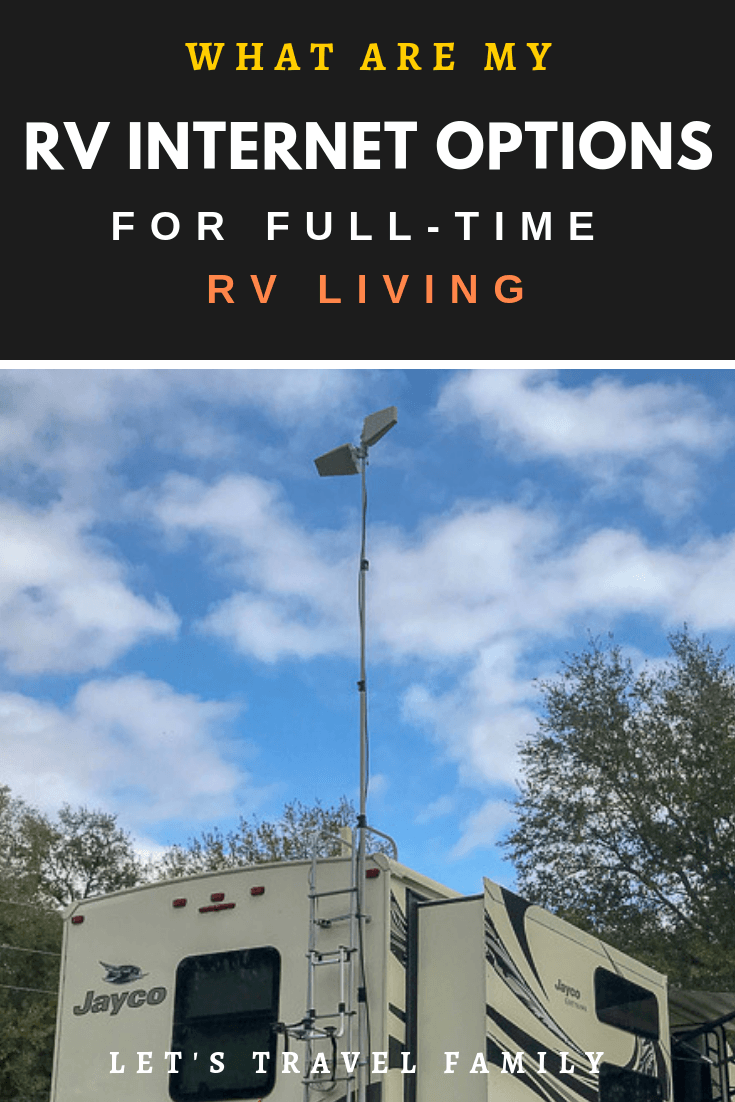
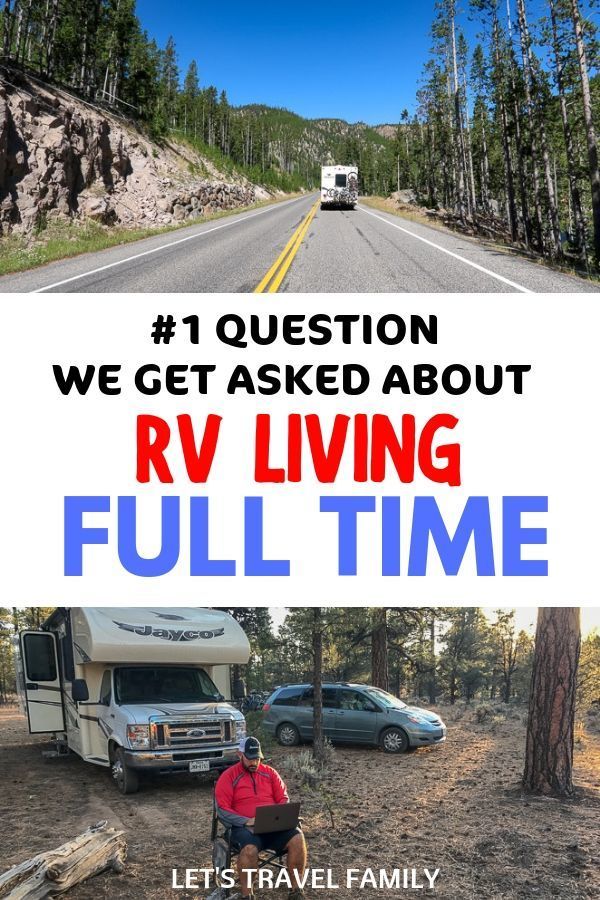
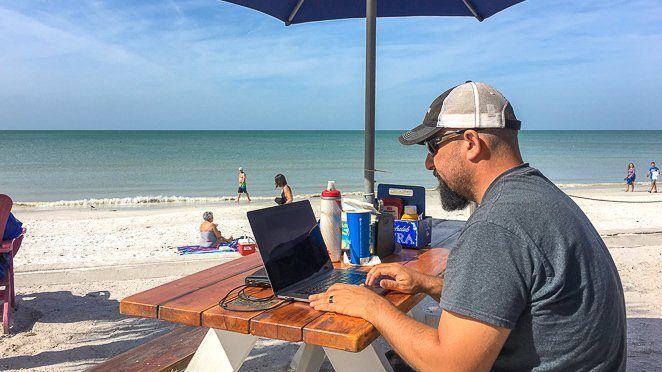
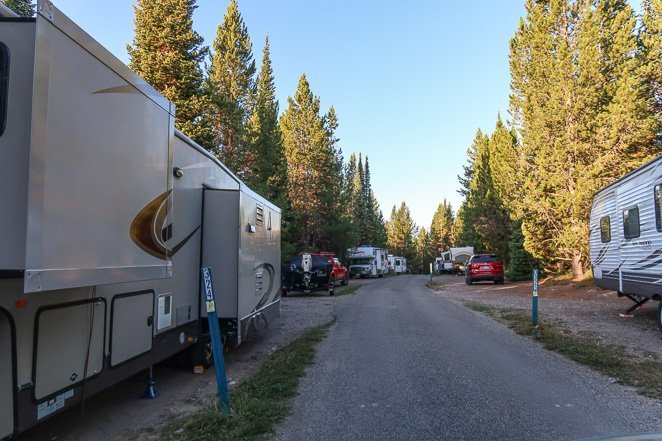
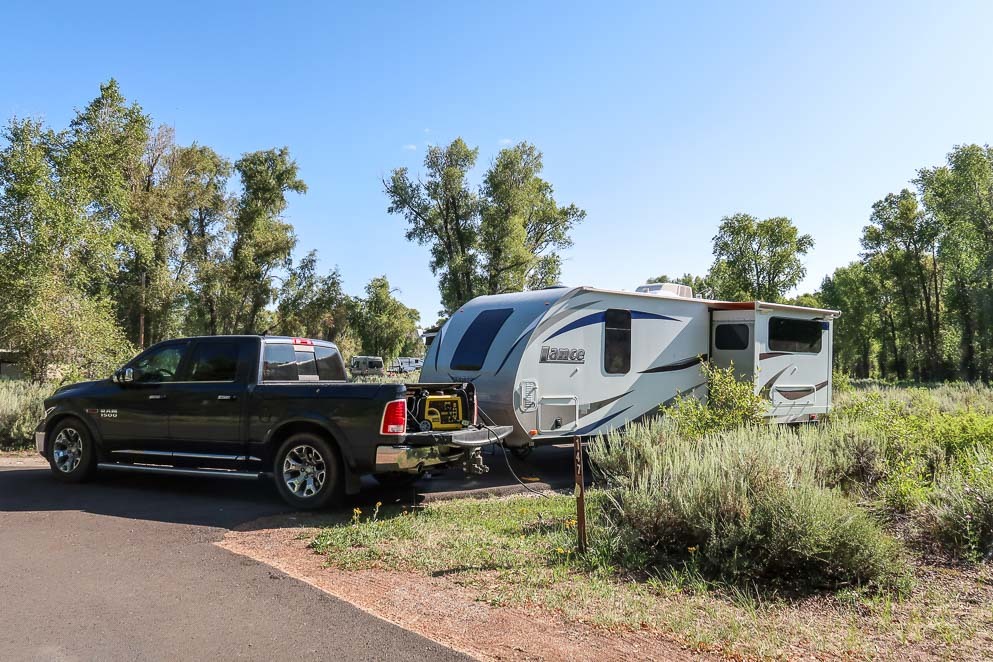
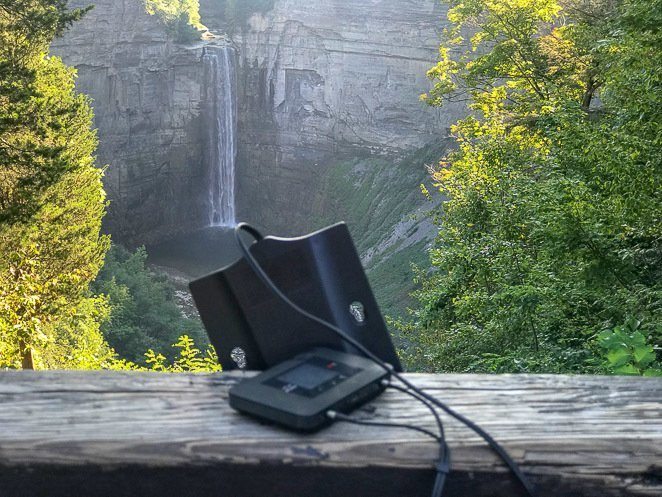
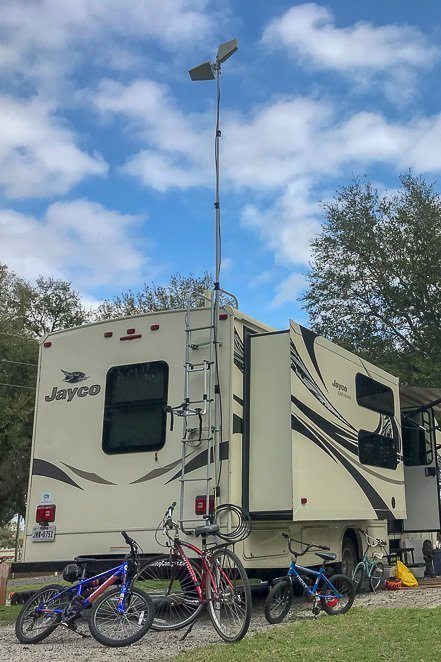

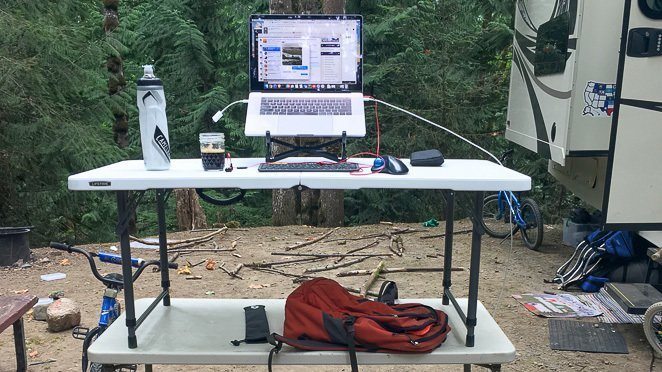
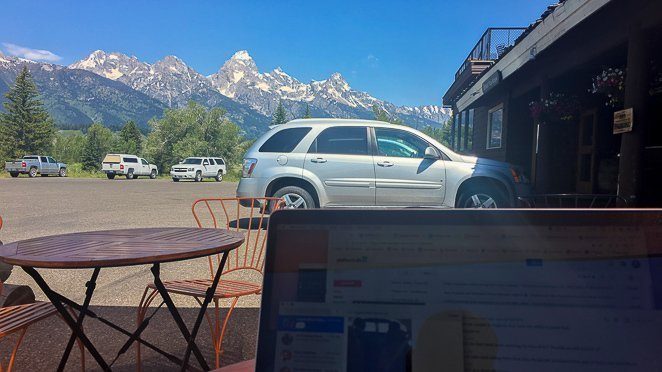
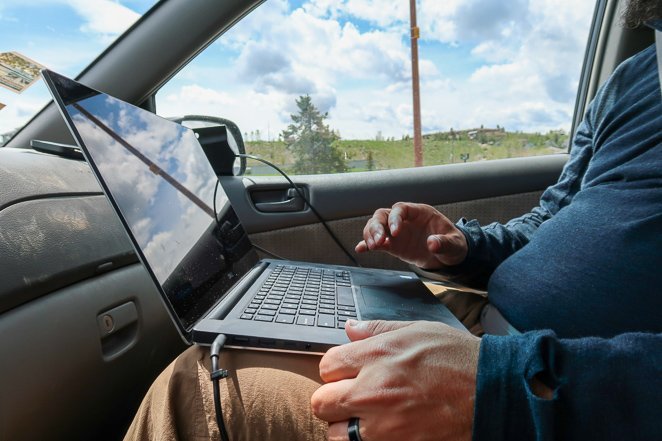
Hello, I just watched your video on internet access. I’m a technical person and understand all of it but have a specific use I wanted to get your advice on. We’re travel (me, wife and 3 kids) for a month or two from West coast to East coast and back, I work remotely on line and need really good internet. We already have Verizon, I’m looking to get a hot spot with them. I need to work while my wife is driving. Any suggestions on best antenna, booster, etc to work while driving?
You mentioned Mimo and Weboost and I understand Weboost could be bad if we have a strong signal and since we’re moving the signal will go in and out so I’m thinking the Mimo may be best.
Your thoughts?
Hi Glenn, Thanks for reaching out. Yes, I think your best bet would be the Mimo antenna for travel days. It’s not too expensive and works really well if you are able to do some signal tests to see which window to place it in so that it’s pointing to the nearest tower as you travel. Just remember that if you’re going over a mountain pass your signal may cut out, and there’s nothing you can do about that. Best of luck!
Thank you for getting back to me. You mentioned testing to know which window to put the mimo… do you do that by looking at bars on the phone or the OpenSignal app you mentioned? Or another way?
I am very interested in the last option that you spent your 60 seconds talking about, but didn’t want to go too in-depth on, and that is the device that is a hotspot and modem all in one. My wife and I are very seriously considering selling everything and becoming full-time RVers, but we both work remotely, and I am a Director of I.T. for a company that operates Gift Shops, Restaurants and Hotels/Camp Grounds inside National Parks, so connectivity is key. Having to operate fully functioning businessnes in the places that you mentioned there is no internet is quite the challenge, I am well aware. Like you mentioned at the beginning of your video, I too am super excited for Elon Musk to get Starlink up and running as it will be a game changer. Any advice would be greatly appreciated.
Hello,
Great videos BTW.
For the directional antenna, I was wondering what you used for the mast. Did you use a telescoping one or one you had to put together? Either way, where did you purchase it?
Respectfully,
Brandon –
Brandon,
The pole we use is from Max Gain Systems. Lots of options depending on your needs including ground mounts (under wheel, hitch, etc) as well as heights. Take a look around, they are sturdy and prove to be helpful when all other options are exhausted.
Awesome, thanks!
FireWiFi is a great option our full time traveling family loves! Strong enough to stream from all TVs, fast enough to do basically anything you want/need to internet wise. It uses cell towers for signal (so obviously if you have no cell signal, you won’t have any internet signal either). However even in the middle of nowhere we never seem to have problems finding signal. Not too costly, $99 a month for unlimited toggle free internet.
I do not full time and never plan to, but we may be snow birds after I retire. My question is does Starbucks and other free internet business leave their wifi on 24/7?
My thinking is if you are up late enough most people will be sleeping and free speeds may increase. Me and the wife tend to be night owls any way. Find free parking, buy a cup of coffee, eat dinner, than after 8 or 9 pm get on the wifi and be on it until 12 or 3 am. Just a dumb question I have been thinking about.
You really made this simple for a rookie and I look forward to reading more of your posts.
Hi, I’m a single person that is on the journey to move from bricks and sticks to rving full time so that I can travel and see everything that America has. The biggest issue that I see is I do work 8:00 to 5:00 in an accounting though it is virtual I have to be connected from 8:00 a.m. to 5:00 p.m.. is this something that is doable with the devices that you have listed in this article and video?
Most definitely. Some main points are coverage and speed. If you can manage to stay in coverage areas and are okay with <10-20Mbps and latency of ~100ms, then yes, it’s very doable with hotspots.
Thank ypu for this articlr,I am preparing to go full time in the next 6 months and this helps a lot.
You are so very welcome. Going full-time can be such an exciting experience. I hope it’s going well.